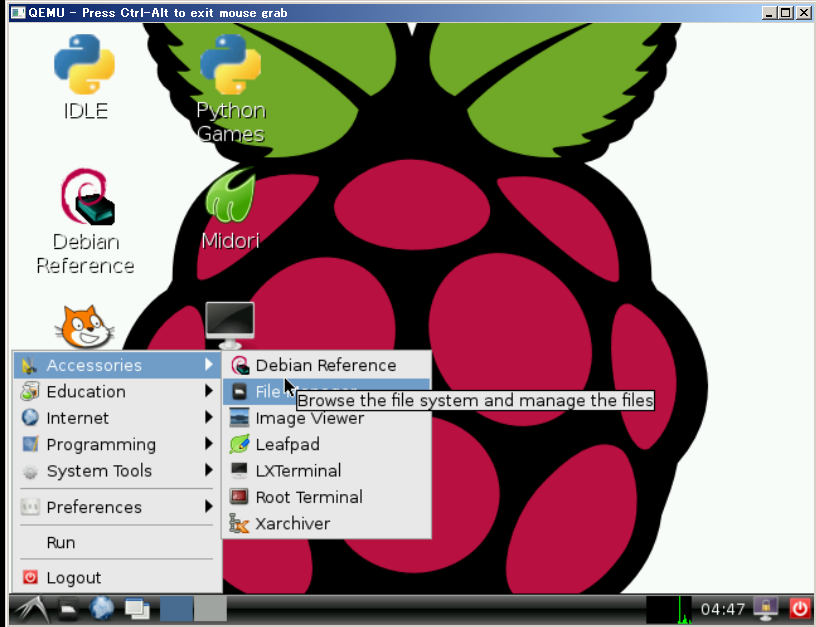

- Mobaxterm raspberry pi startx how to#
- Mobaxterm raspberry pi startx install#
- Mobaxterm raspberry pi startx password#
I want to forward my desktop to my work PC, so that I can play with RasPi at lunch without physically plugging in the hardware. What am I missing? Do I need to open something to see the desktop? Or rather, it runs a bunch of messages which appear to say everything's working, but I get a cursor in my console window which acts like it's in a wait state. However, after I log in, and startx, I get.

I've configured PuTTY to forward x11 and told it to place the desktop at localhost:0, according to the instructions here. /etc/inittab line ::sysinit:/etc/init.I've got SSH access, and I have Xming installed, along with Xming fonts.The call chain that starts the display manager is: xdm puts logs under /var/log/xdm.log, and you can get a TTY shell to inspect it with: How can I ctrl-alt-f# to get to a TTY in a QEMU session? | Ask Ubuntu
Mobaxterm raspberry pi startx password#
Username root / empty password was working for me on another test with ALL X11 packages installed. Now when you start QEMU, you are presented with a graphical login screen like "modern" distros:
Mobaxterm raspberry pi startx how to#
See also: How to set up Raspberry Pi without a monitor? | Raspberry Pi Stack Exchange I can click and interact with either one, and the other updates instantly.on right, vinagre on host, showing the exact same thing.on left, QEMU running X11, x11vnc and glmark2.
Mobaxterm raspberry pi startx install#
To test on QEMU first, use the options (see also How to SSH from host to guest using QEMU? | Unix & Linux Stack ExchangeĪnd back on host: sudo apt-get install vinagre When you move away from the emulator to a real device, x11vnc dispenses you from buying a display: it opens the screen as a window in your host, and can even send mouse clicks to the device.Įnable the x11vnc package on Buildroot and rebuild. TODO what is that exec xterm part? Why the exec? Which starts our window manager twm (try changing it for one of the other managers for which Buildroot has packages), and the programs we see on the screen. The default xinitrc contains: twm &Įxec xterm -geometry 80圆6+0+0 -name login Startx then passes /etc/X11/xinit/xinitrc to xinit, which calls it after starting up the GUI. In particular, this archaic window manager does not have an X close button on menu bars: you had to: drive file=output/images/rootfs.ext2,if=virtio,format=raw \ Then just the usual: make BR2_JLEVEL=$(nproc) X.Org Modular vs KDrive both of which implement an X11 server), and none is selected by default.īuilding a tiny X.Org Linux System using Buildroot | Unfortunately, you still need to know what you are doing, mainly because of situations where two different packages implement an interface (e.g.

How I found the options out: make menuconfig, search option names with /, then work backwards dependes from xeyes. config: Is it possible to use config fragments with Buildroot's. Here is how you can add those options to your existing. This is the minimal X11 specific configurations I managed get away with is: BR2_PACKAGE_XAPP_TWM=yīR2_PACKAGE_XDRIVER_XF86_INPUT_KEYBOARD=y This repo builds the entire system for you in a single command: Īlternatively, here is a pre-parared. Current Buildroot has an X11 package which makes things "easy" for us:


 0 kommentar(er)
0 kommentar(er)
